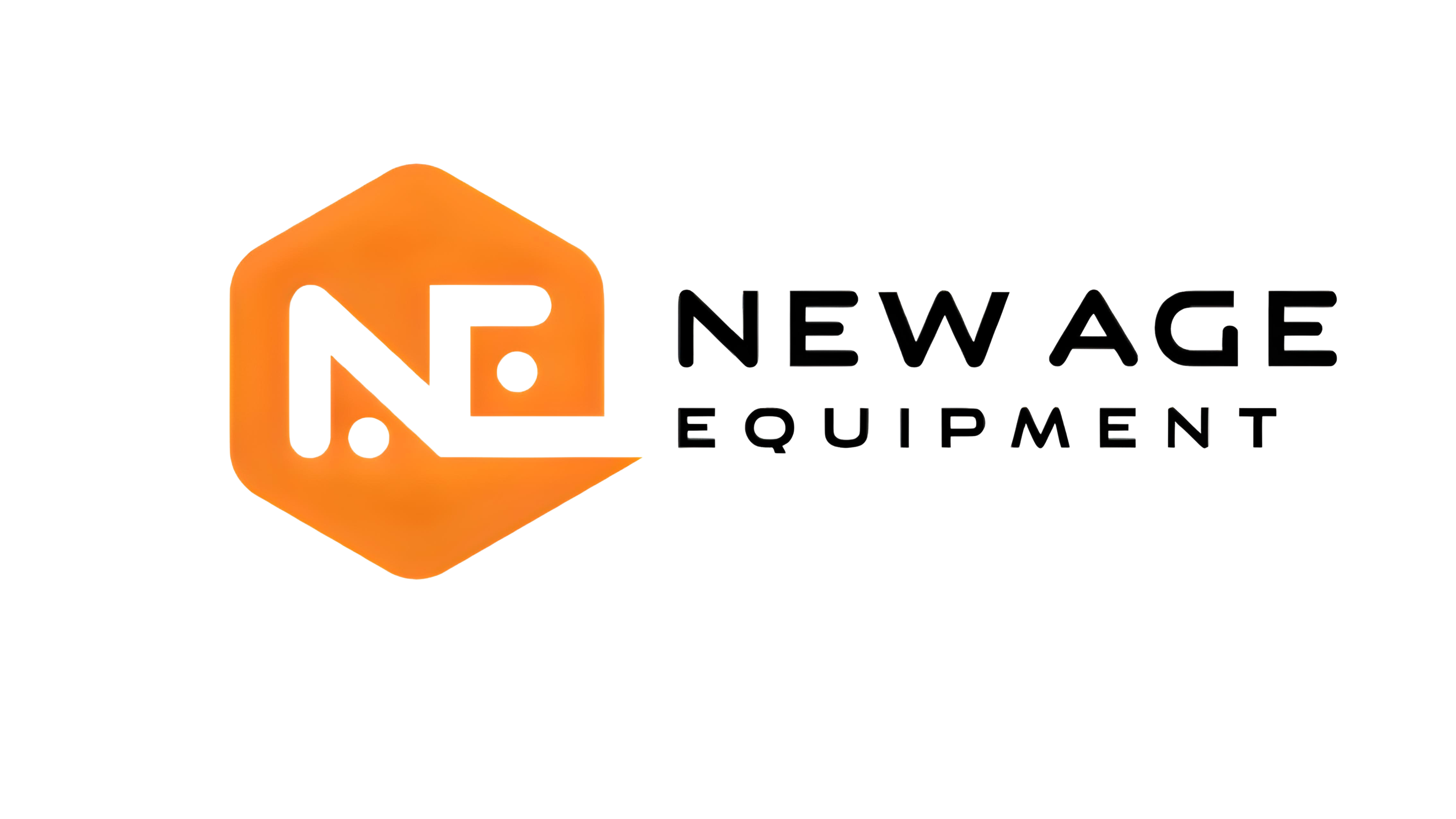Tax Tip of the Week | Your Child Picked a College! Tee Up Your 529 Plan.
College decision time is now for many high school seniors. Here is a helpful article on withdrawing funds from 529 college savings plans.
-Belinda Stickle
This month kicked off with college decision day, the May 1 deadline for many high-school seniors to pick a school. It should also prompt parents to plan withdrawals from so-called 529 college-savings plans.
“There’s so much focus on putting dollars into 529 plans that people forget about taking the money out—and parents procrastinate because they’re busy,” says Mary Morris, chief executive of Virginia529, which recently held $86 billion for savers.
The 529 account is by far the most popular college-savings plan. Named after the tax-code provision authorizing them, these accounts allow savers to make contributions that can be invested and grow free of federal and state taxes. (There’s no federal tax break on contributions, although many states offer tax breaks.) Withdrawals are tax-free when used to pay eligible education expenses.
Net assets in 529 plans were $388 billion at the end of 2022, more than double the total a decade earlier—even after withdrawals and 2022’s market losses. Total accounts grew about 50% over the same period, to 15.1 million, according to Paul Curley, who tracks 529 data for ISS Market Intelligence.
For account owners ready to start withdrawing funds, there are details to know and traps to avoid. Above all, be sure to keep good records, especially for unusual expenses. The Internal Revenue Service doesn’t seem to be policing aggressively, but if you get audited you need supporting materials.
In addition, recent legislation will soon allow rollovers of some unused 529-account funds into Roth IRAs.
For more information—say for K-12 withdrawals—see IRS Publication 970. Here are key points.
Eligible schools
Virtually all accredited U.S. colleges and universities able to participate in federal student-aid programs can receive funds from 529 accounts. These funds can also be used at many trade schools, such as for culinary training. If in doubt, ask the school if it qualifies.
About 400 postsecondary schools located outside the U.S.—including colleges at Oxford and Cambridge in the U.K. and McGill in Canada—are eligible to receive 529 funds as well.
Expenses that are—and aren’t—allowed
529 funds can be used to pay for tuition, fees, books, supplies and equipment, including a computer, software and internet access if they’re going to be used mainly for education. (No software for games in most cases.)
Withdrawals can also pay for room and board if the student is enrolled at least half time. Students living and eating off campus can use 529 funds for rent and grocery bills as well, up to limits that are often similar to the school’s charges for room and board.
529 funds typically can’t be used for transportation. However, special-needs students can use them for a broad array of expenses that could include transportation.
In addition, up to $10,000 of 529 funds can be used to pay student-loan debt for the named beneficiary (the student) and that person’s siblings or stepsiblings. This limit applies per individual. So, if Jane’s father decides to use $10,000 from her brother Sam’s 529 plan to pay down Jane’s student debt, then no other 529 funds can be used to pay her student debt.
Funds in 529 plans can be used for graduate as well as undergraduate expenses.
Making payments
529 owners often pay expenses via direct transfer from the account to the school, but the plan can also send a payment to the owner or the student to reimburse expenses they pay. Don’t put off managing details like account links, as delays can occur.
IRS reporting of 529 withdrawals
529 plans report payouts to the IRS on Form 1099-Q, and also send the form to a person affiliated with the account—either the owner or the beneficiary. Each payout is pro rata, and the 1099-Q will note what portion is principal and what is earnings.
Taxpayers don’t need to report 529 withdrawals on their tax returns as long as they’re tax-free.
Some 529 specialists advise taking payouts in the same tax year the expenses are incurred—so parents paying for a spring semester should withdraw 529 funds on or after Jan. 1. Others, including Ms. Morris of Virginia529, say this rule hasn’t been formally adopted by the IRS and can cause needless hassle.
Mark Kantrowitz, a college-savings specialist, says the IRS doesn’t want owners to leave funds in 529 accounts to grow tax-free for decades after education costs were incurred. “If the withdrawals are within a few months, that shouldn’t be a problem,” he adds.
Taxable withdrawals
If a 529 payout is larger than total eligible expenses, then income tax plus a 10% penalty is often due on the earnings—but not the principal.
Say that John withdraws $30,000 from a 529 plan he funded for his son Matthew’s college costs, and the pro rata payout consists of $15,000 of principal and $15,000 of earnings. However, Matthew has only $25,000 eligible college expenses. In that case, income tax and a 10% penalty would likely be owed on about $2,500, the earnings portion of the excess payout.
Exceptions to the 10% penalty can apply for scholarships and in other cases. Students who receive refunds of previously paid eligible 529 expenses—as happened when students left campus during the pandemic—can often recontribute them to a 529 account within 60 days and avoid taxes and penalties.
If there’s a taxable payout from a 529 plan, some states recapture tax breaks for contributions.
Combining 529 withdrawals with other benefits
Tough questions often arise when a student qualifies for the American Opportunity Credit, tax-free scholarships and 529 withdrawals.
The Opportunity Credit provides a maximum tax reduction of $2,500 per student per year for four years of postsecondary education. For 2023, it fully phases out at $90,000 for most single filers and $180,000 for most joint filers.
For tax purposes, no double-dipping is allowed. Each dollar of qualified expenses can be used only once, whether it’s for the Opportunity Credit, a 529 withdrawal or a tax-free scholarship.
What’s the best strategy for coordinating benefits? The answer varies with circumstances, but Mr. Kantrowitz often recommends maximizing scholarships and the Opportunity Credit before using 529 withdrawals.
Transfers
529 owners typically can switch the beneficiary on an account without tax consequences if it’s to a family member. This term is broadly defined and includes spouses and first cousins as well as descendants and siblings.
529 owners can also leave accounts to others at death. Unlike traditional IRAs, Roth IRAs and Health Savings Accounts, these accounts can exist in perpetuity, according to Mr. Curley.
Rollovers to a Roth IRA
Last year Congress changed the law to allow rollovers of 529 funds into Roth IRAs. The provision will let 529 beneficiaries transfer up to $35,000 over time from a 529 plan to a Roth IRA if the 529 has been open at least 15 years, among other requirements.
The change will provide an out for savers with excess 529 funds. Some 529 sponsors hope parents and others will be able to do rollovers that boost their own retirement savings.
This change takes effect in January 2024, so stay tuned for IRS guidance.
Credit goes to Laura Saunders. Published May 5, 2023 in the Wall Street Journal.
Thank you for all of your questions, comments and suggestions for future topics. As always, they are much appreciated. We also welcome and appreciate anyone who wishes to write a Tax Tip of the Week for our consideration. We may be reached in our Dayton office at 937-436-3133 or in our Xenia office at 937-372-3504. Or, visit our website.
This Week’s Author, Belinda Stickle
-until next week













